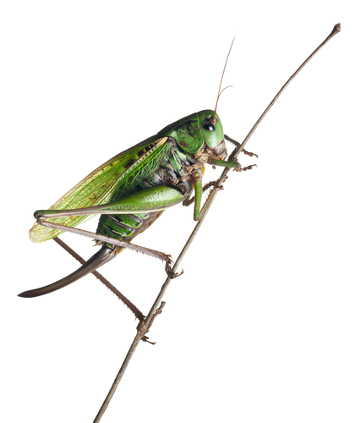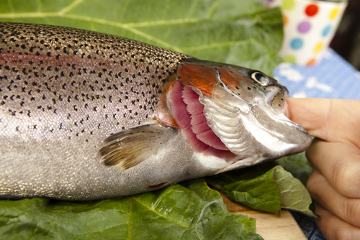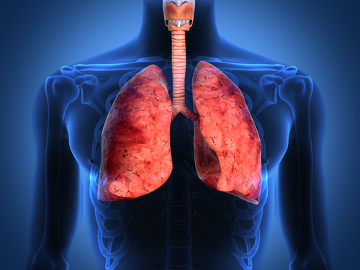THE breathing it is a process of gas exchange by which living beings obtain oxygen and eliminate carbon dioxide. The oxygen obtained through respiration is used by cells in the process of cellular respiration for obtaining energy.
Each living being has a different way of carrying out gas exchange. In more complex animals, there are structures capable of acting on oxygen uptake, such as skin, tracheas, gills and lungs.
When an animal breathes through its skin, we say it has a skin breathing. This type of breathing takes place on the surface of the body through a mechanism known as diffusion. Animals with this type of breathing have very vascularized skin, that is, with several blood vessels. As an example, we can mention the flatworms, nematodes, molluscs, annelids and amphibians. In this last group, it is important to highlight that cutaneous breathing appears only in a complementary way, since these animals have lungs in adulthood.

Insects and some other arthropods have tracheal respiration.
THE tracheal breathing it is common in some arthropods, such as insects. In this type of breathing, gas exchange occurs through hollow tubes that branch through the animal's body and are called the trachea. These structures communicate with the outside through a region known as spiracles. In this type of breathing, air enters and diffuses through the tracheas to all cells in the body, not involving the circulatory system.
There is also a type of breathing very similar to tracheal and that occurs in some arachnids, it is called phylotracheal breathing. In this type of breathing, a structure called phylotrachea or foliaceous lung is found, which is formed by laminae through which the hemolymph circulates. It is in this structure that gas exchange takes place.

Breathing through the gills occurs in fish and amphibians in the tadpole stage
Another well-known type of breathing is the gill breathing. In this type of breathing, typical of aquatic animals, gas exchanges occur in the gills, which are lamina-shaped and highly vascularized organs. For gill breathing to occur in fish, for example, water enters the mouth and exits through the gill slits. When passing through the cracks, oxygen from the water passes into the blood vessels and the carbon dioxide present in the vessels goes out into the water.

Lung breathing occurs in terrestrial vertebrates and some molluscs.
Finally, we have the lung breathing, which occurs in terrestrial animals through complex structures called lungs. These structures are basically highly vascularized air sacs found inside the animal's body. In this type of breathing, air enters the lungs, and the oxygen present passes into the blood and this is distributed to all cells. The carbon dioxide present in the blood passes into the lung and is eliminated.
To learn more about man's breathing, Click here!
By Ma. Vanessa dos Santos


